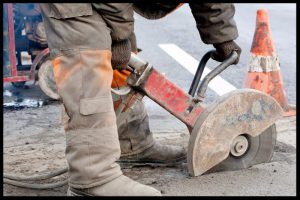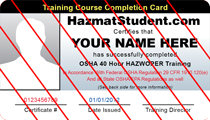| Shake It Off | Reducing Vibration Exposure |
Vibrating power tools, such as concrete breakers, sanders, grinders, hammer drills, chainsaws, and hedge trimmers, are staples in many job types. If you use vibrating power tools on the job, you may be at risk of serious injury.
The vibration of tools can cause damage to the blood vessels and nerves in your hands and arms. This damage may present as numbness and tingling initially, and may progress to fingertip discoloration, pain, and loss of grip strength.

Injury from tool vibration is often referred to as “hand-arm vibration syndrome” or “HAVS”, and your risk increases with the level of vibration, the frequency of exposure, and the length of exposure. There are preventative measures you can take to avoid developing the syndrome, but once you have it, there is no cure.
To avoid injury while using vibrating tools:
- Use reduced vibration power tools, which are available and produce less vibration.
- Wear anti-vibration gloves certified to meet International Organization for Standardization vibration standards (ISO 10819).
- Keep hands warm when using vibrating power tools, and use a light hand grip to reduce vibration exposure.
- Limit exposure by taking a 15 minute break for every hour using vibrating tools.
- Keep in mind that the higher the vibration level, the less time the tool can be used safely.
- Arrange your work so that vibrating and non-vibrating tools can be used alternately.
- Maintain tools properly to ensure that tool vibration levels don’t increase over time.
Hand-arm vibration syndrome (HAVS) is a real injury that can become permanent and disabling. It’s important for workers to be aware of the risks of handling vibrating tools, reduce their exposure to the vibration, recognize the symptoms of injury, and to get medical treatment early.



